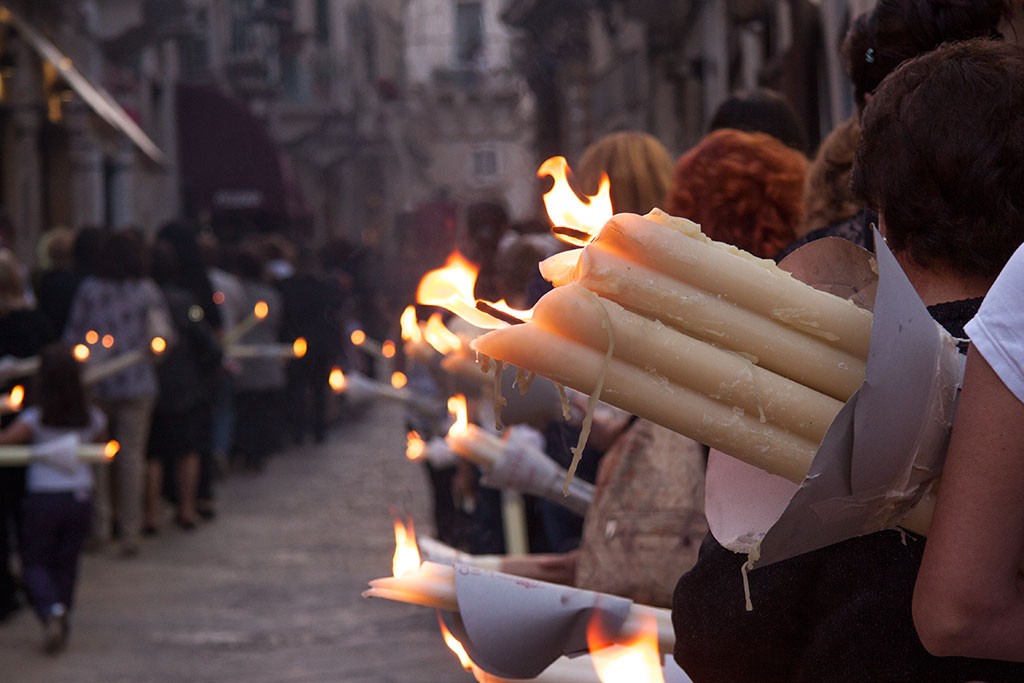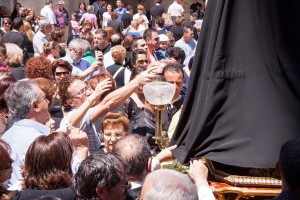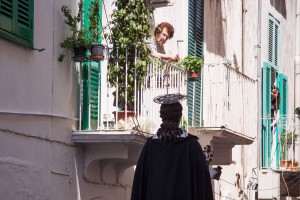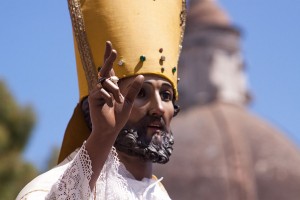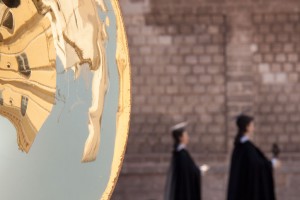The people’s festival
Through the celebrations in honour of the Saints Cosma and Damiano you will experience one of the most emotional and touching experiences of religious tourism. The citizens of Monopoli have a special devotion for tradition, with the two monks venerated with celebrations almost as much as those reserved for Madonna della Madia, the Holy protector. It’s a typical and authentic “religion of the people” and the community has always preferred to keep these saints at hand and pray for them. Cosma and Damiano were in fact famous healers and the patron saints of doctors, surgeons, pharmacists and barbers. People invoke them when they are ill by asking for their direct intervention without interceding with God.
A crowded procession
The celebration in their honour goes on for three days in the first weekend of June and is “directed” by the Congregation of San Cataldo. On Saturday morning you will witness the opening of the celebrations in front of the Church of San Domenico which is attended by a huge crowd. The little wooden statue of San Cataldo is displayed on the small altar in Largo Plebiscito to commemorate this Saint coming from Ireland, venerated by the homonymous local confraternity which then reserved its veneration mostly for Santi Medici. The worshippers gather in front of the church of San Domenico together with the town band waiting for the thaumaturgical Saints to leave to receive greetings, after which the procession begins.
The church candle, a sign of devotion
During the procession, the two statues dressed with a Spanish-style toga, are positioned in front of the wooden statue of San Cataldo who wears an eye-catching yellow mantle and all three are carried on shoulders to the Cathedral. This is the point of departure for the following day’s final procession which, passing through the streets of the historical centre, will reach the Church of San Domenico. Worshippers hold a candle in their hands, which is a very important element in the procession, especially in the past, when its size was proportional to the grace requested and would have been bigger depending on the miracle received from the saint. Moreover, the worshippers would try in every way to receive earthly health by donating precious objects as a sign of sacrifice (rings, earrings, bracelets). All these jewels were hung on the clothes and wrists of the statues. Small donations are still made. Black is the main colour of the dresses of nuns and of the mantle of the Saints, which are kissed together with the feet in order to receive healing and protective power. Some women go barefoot as a sign of absolute veneration. The feast is characterised by a triumph of lights, sounds and colours and the typical food for this occasion is “focaccia” with potatoes which can also be eaten with ‘mortadella’ (an Italian sliced meat) and provolone cheese.
